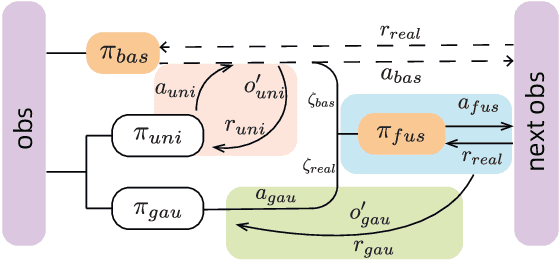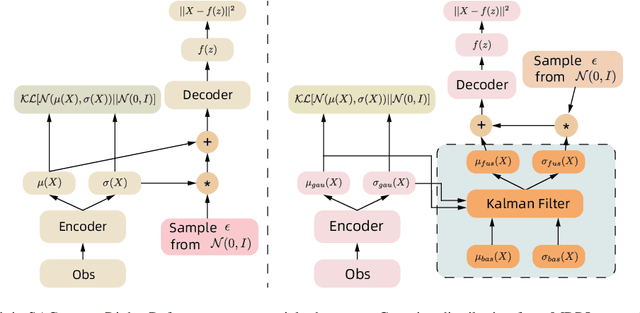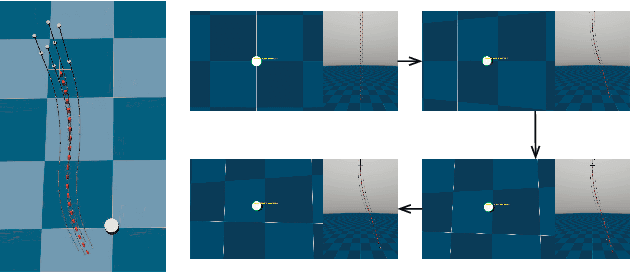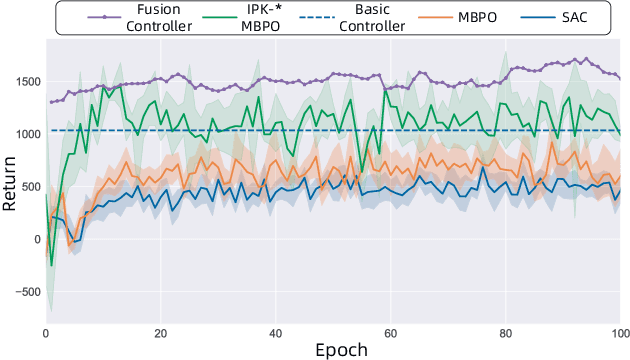Efficient reinforcement learning control for continuum robots based on Inexplicit Prior Knowledge
Paper and Code
Feb 26, 2020



Compared to rigid robots that are often studied in reinforcement learning, the physical characteristics of some sophisticated robots such as software or continuum are more complicated. Moreover, recent reinforcement learning methods are data-inefficient and can not be directly deployed to the robot without simulation. In this paper, we propose an efficient reinforcement learning method based on inexplicit prior knowledge in response to such problems. The method is firstly corroborated by simulation and employed directly in the real world. By using our method, we can achieve visual active tracking and distance maintenance of a tendon-driven robot which will be critical in minimally-invasive procedures.
* 6 pages, 6 figures
 Add to Chrome
Add to Chrome Add to Firefox
Add to Firefox Add to Edge
Add to Edge